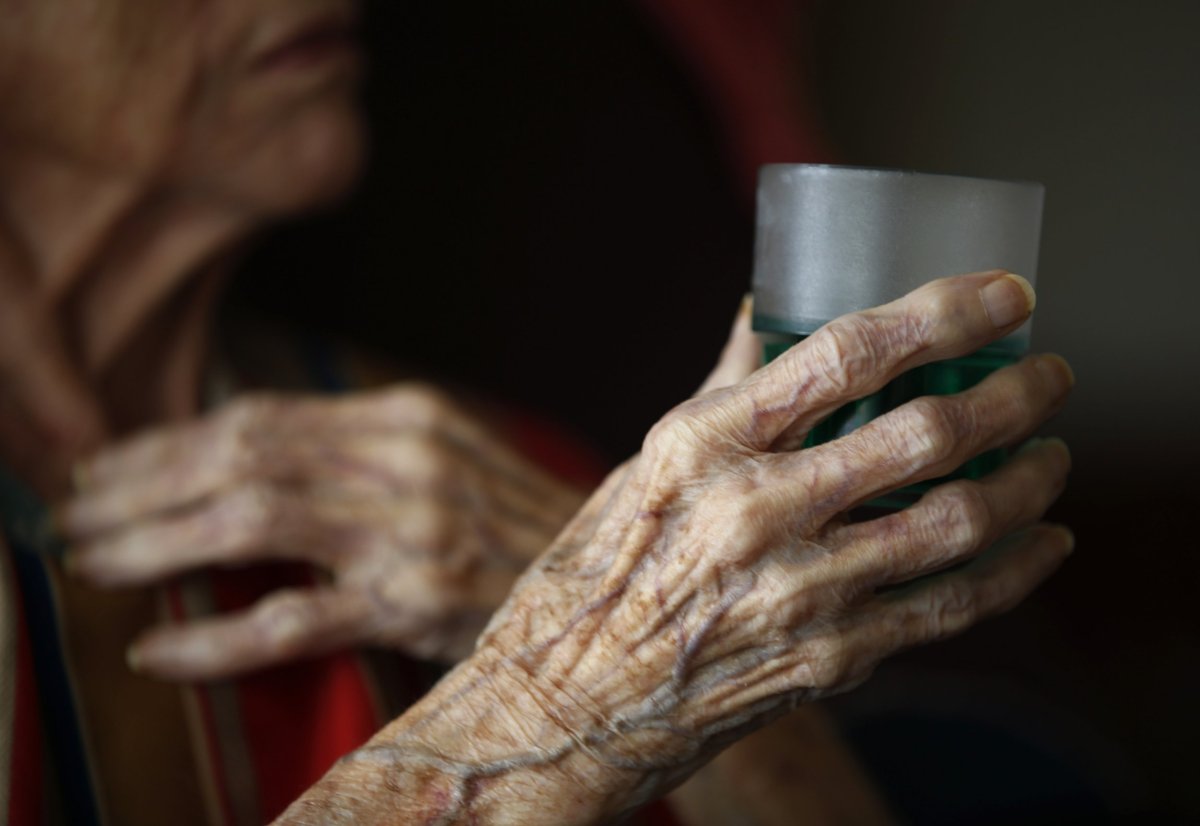A new study found a way to undo wrinkles and hair loss from aging—at least in mice.
At the University of Alabama at Birmingham, scientists researched a way to reverse the visible aging process. Published Friday in Cell Death & Disease, the team revealed its process to turn off the mutation that causes symptoms of aging in mice.
In cells, 90 percent of the chemical energy cells use to survive is created by the mitochondria. As humans age, their mitochondrial function declines. This can cause many symptoms of growing older, like wrinkles and hair loss. When mitochondrial DNA is lost, scientists think it can cause diseases like cardiovascular disease, cancer, diabetes and neurological disorders that stem from age.
The scientists activated a mutation in the mice that caused their mitochondrial function to decline, just like it does in humans when they age. In just four weeks, the mice started losing hair, showing gray hair and became lethargic. Between four and eight weeks, the mice developed wrinkled skin. The female mice had more severe wrinkles than the male mice. The wrinkles were similar to both intrinsic aging, or the natural process of aging, as well as extrinsic aging, like from smoking or sun exposure.
The team could tell the mice wrinkles were similar to human extrinsic aging because the outer layer of the skin thickened, skin cell count increased, there was inflammation and hair follicles that were dysfunctional, just as humans get when they experience that type of aging. For intrinsic aging, four markers in the mitochondrial DNA depleted as well.

When the scientists turned off the mutation, the wrinkled skin and hair loss reversed. The mice returned back to their original appearance and mitochondrial function returned.
"To our knowledge, this observation is unprecedented," Keshav Singh, professor of genetics at the University of Alabama at Birmingham School of Medicine and author on the paper, said in a statement. However, the other aging organs did not reverse when the mutation stopped. This could mean that the mitochondria plays a stronger role in the health of skin than in internal organs.
This research shows that not only are mitochondria a key component in causes symptoms of aging, but also the symptoms that mitochondria cause can be reversed by reviving the mitochondria back to their original function. While humans are still a ways off from having access to this, it lays the groundwork for potential therapeutic and preventive drugs down the line.
Uncommon Knowledge
Newsweek is committed to challenging conventional wisdom and finding connections in the search for common ground.
Newsweek is committed to challenging conventional wisdom and finding connections in the search for common ground.
About the writer
To read how Newsweek uses AI as a newsroom tool, Click here.








